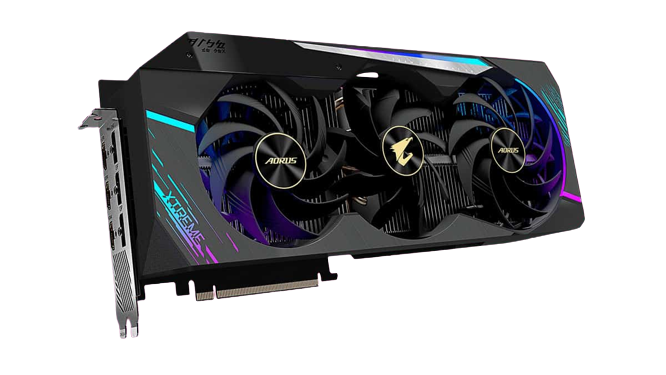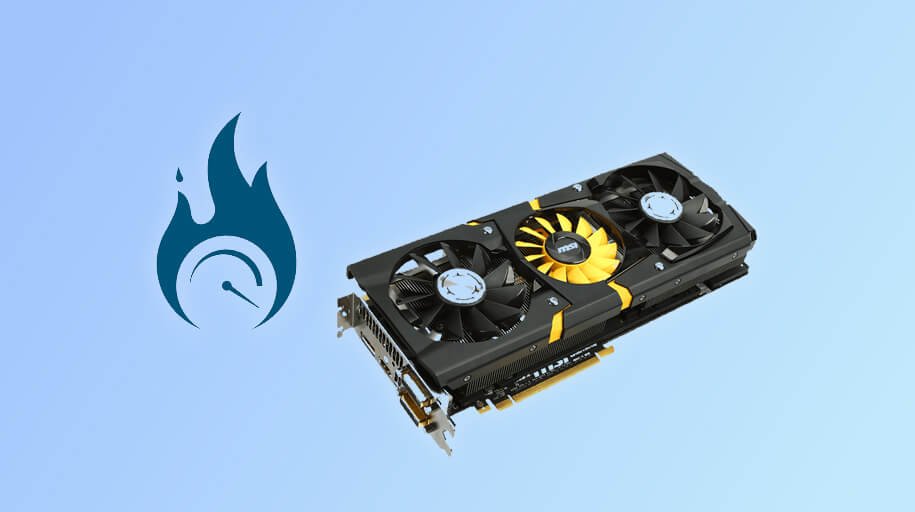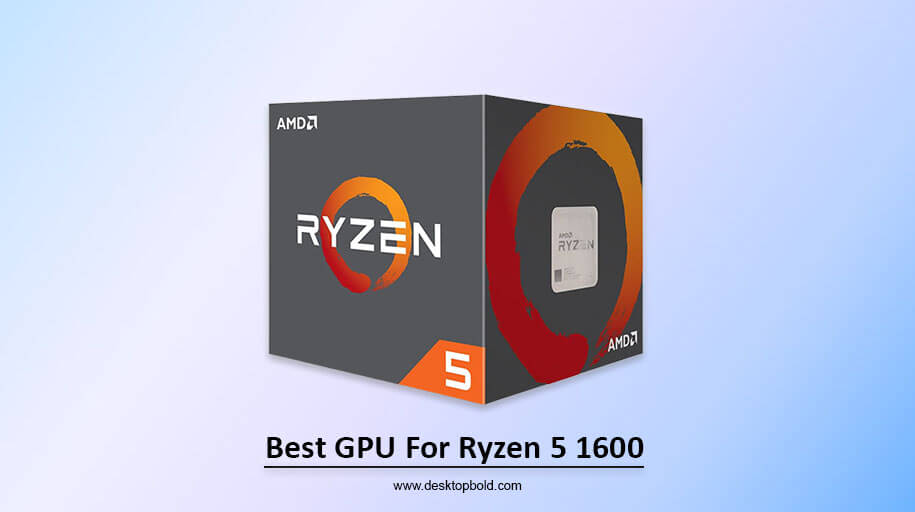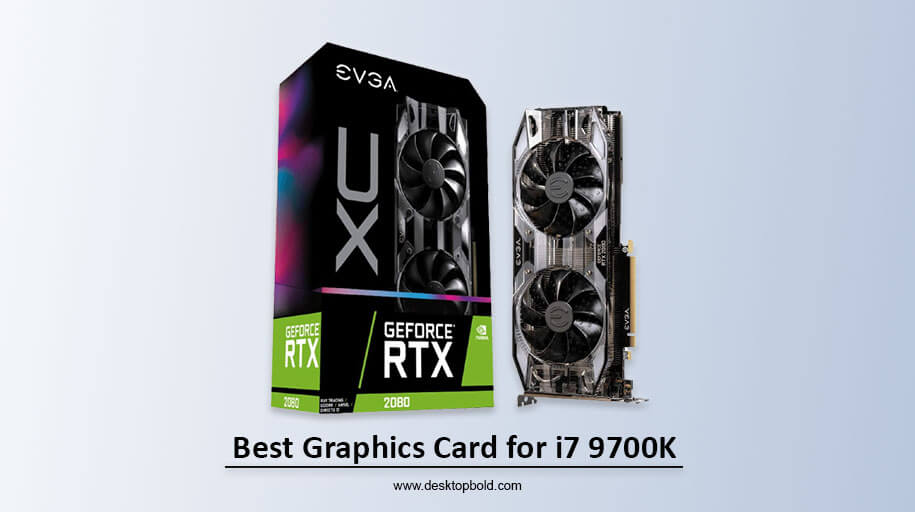Increasing the clock speed of a computer or other electrical equipment is known as overclocking. It boosts the device’s processing speed by giving the CPU extra time to finish each cycle. In modern computers, overclocking may be performed by the user or automatically by the device’s BIOS or operating system.
The use of overclocking software developed for this purpose is also viable. You can turn off overclocking on a Rog motherboard as it has the feature of disabling overlocking. Either the BIOS or a software program will allow you to perform this. Turning off overclocking may protect the motherboard and other parts from failure. It also contributes to the system’s overall smoothness.
Before answering this question about How to disable Overclocking GPU, it is necessary to find out why it is mandatory to disable overclocking.
Risks of overclocking GPUs
The danger of an overclock might be increased if it is performed poorly. Overclocking your GPU is risky since it might destroy both the processor and the motherboard. It’s possible to break the graphics card and the motherboard if you overclock your GPU. It’s possible to harm by overtightening a card.
Overclocking a computer increases the risk of overheating components. When overclocking your gear, it is essential to have a high degree of safety.
Can Overclocking Destroy Your CPU?

If your computer’s cooling system isn’t up to the standard, overclocking the CPU might cause irreparable harm. Creating significant heat when using your computer at maximum efficiency is still possible. If your CPU, GPU, or RAM becomes too hot, it might fry its internal circuitry.
How to Stop Overclocking GPU?

There are various options available if you want to cease overclocking your CPU. The first option is to reduce the CPU’s clock speed. The BIOS can tweak the clock speed if you need to change it. Second, you can turn off the overclocking characteristics of your motherboard.
You must enter the system’s BIOS and locate the appropriate option for overclocking. Taking out the overclocking device is the last step before you can use your computer normally again. You can disconnect the CPU from the motherboard and remove the overclocking chip.
Scanning your computer for viruses and other malware is essential. Your machine’s excessive temperature and CPU load are probably reducing its performance. The average system temperature is 25 degrees Celsius when all cores operate at 1.4GHz, and the computer is restarted at that temperature. Still, it may spike to 45 degrees Celsius under load and drop back to 20 degrees Celsius.
Your graphics card’s efficiency increases with the process of overclocking. It’s best to leave the display on its refresh rate when working on a laptop. In some instances, the power requirements of overclocked gear might exceed those of the original hardware. It may be challenging to overclock if your power supply is too bulky. When you’re ready to overclock your graphics card, MSI’s Afterburner is where you should start. An excellent option for graphics card overclocking software is EVGA’s Precision suite. Before, during, and after an overclock, you may test your card’s performance using benchmarking software.
One or two real-world benchmarks, plus one or two synthetic ones, are required. Nvidia’s Ampere design could provide a better deal of overclocking headroom. Overclocking often results in a boost of 10-15 per cent.
There are always potential consequences while overclocking. Increasing your base speed is the most effective way to boost your overall performance. Once peak memory speed has been determined, the memory clock speed lowers to 25-50MHz until any irregularities are identified. The system should be rebooted and given 5-10 minutes to finish the benchmark cycle. The GPU core overclocking enables RAM overclocking.
As with RAM, you should provide a 10–25 MHz buffer. Overclocking the GPU is more likely to benefit the GPU core than the memory core. While the precise performance boost from an Nvidia card may vary, the 10-15% figure is generally accepted throughout the 30-series lineup. If all the clocks reach their maximum levels, there is no need for an alarm. Your graphics card’s efficiency may be increased by overclocking it. While most modern cars already have some overclocking, you can usually get even better performance by fine-tuning them to your needs. You can’t just assume that an overclock will be stable the first time you try it.
Moreover, disabling overclocking of the GPU also relies on the quality and brand of your GPU. So here in this article, we will discuss how to disable overclocking Nvidia and other GPUs.
Steps To Turn Off Different GPU Overclocking:
Overclocking Nvidia

Since blocking overclocking on an NVIDIA GPU may differ depending on the card’s make and model, there is no universal solution to this problem. To turn off overclocking on an NVIDIA GPU, enter the NVIDIA Control Panel and go to the “Adjust picture settings with preview” option. To disable NVIDIA’s predetermined overclocking, choose “Use the advanced 3D image settings” from this menu.
- Get into the Nvidia settings.
- Then, choose “Manage 3D settings.”
- Navigate to the tab labelled “Program Settings.”
- After locating the application, clicking on it will turn off overclocking.
- Select “Power Management Mode” and then “Prefer Maximum Performance” from the “Global Settings” menu.
- Then, after making the necessary adjustments, click “Exit” to save and leave the program.
- Overclocking AMD catalyst control
Overclocking AMD

It is an AMD software system that helps to customize display options. People with an AMD graphics card should follow these steps to overclock their GPU.
- Launch the AMD Catalyst Control Utility.
- Navigate to the option labelled “My Digital Flat-Panels.”
- After that, choose “Default” for the “Pixel Clock Frequency” option.
- The fourth step is to save your work and leave the program.
- Overclocking Intel Extreme Tuning Utility:
Overclocking GPU through BIOS sometimes runs heavy operating systems unfamiliar to most people. However, Intel Extreme Tuning Utility has unique and easy software that is most likely used. It is easy to install its software program, and here are the steps to disable overclocking GPU by using Intel Extreme Tuning Utility.
- Turn on the intern extreme tuning utility setting option.
- To adjust the voltage and frequency, click the corresponding button.
- Third, make the processor graphics area bigger.
- Once you get there, look for the “GPU Max Frequency (MHz)” option and change its value to 0.
- After making changes, save them and log out.
Some easy measures to prevent GPU overclocking are outlined here. If you still need clarification about how to proceed, check the company’s website that made your motherboard or graphics card. It’s advised to only the clock if you’re an expert since it might cause hardware failure. Turning it off would make the system more stable and minimize heat production.
Essential factors to consider for overclocking GPUs
Cooling factor: Your cooling system should be one of your primary concerns. Overclocking produces heat; if your cooling system can’t handle it, you risk ruining your hardware. Before you try to overclock your GPU, have a reliable cooling setup.
Power supply: There’s also a problem with your power source. Whether you want to overclock your GPU, check to see if your existing power supply can handle the enormous pressure. As a general rule of thumb, power supplies should be rated for at least double the watts of your GPU.
Stability: Before starting overclocking settings, testing is essential, as overclocking might cause instability. Before you begin using your system for gaming or other activities, put it through its paces using stress-testing software to ensure its stability.
If you know what you’re doing and have a solid cooling system, you can increase your GPU’s performance by overclocking. It is recommended that you seek the advice of a professional or read a comprehensive guide if you need help with overclocking your GPU. Turning off overclocking is a potential method of enhancing stability and decreasing heat production. I hope all your queries regarding stopping overclocking GPU have been resolved.
Conclusion
For the question of how to disable overclocking GPU, we have concluded that If you’ve been overclocking your GPU and want to stop, use the procedures outlined above for your particular Best graphics card. As a result, it will stabilize your GPU to its default performance. Your GPU’s overclocking will now be permanently disabled. As an additional precaution, you should turn off any overclocking software. Try increasing the BIOS’s clock speed and voltage settings once you have deactivated overclocking.




